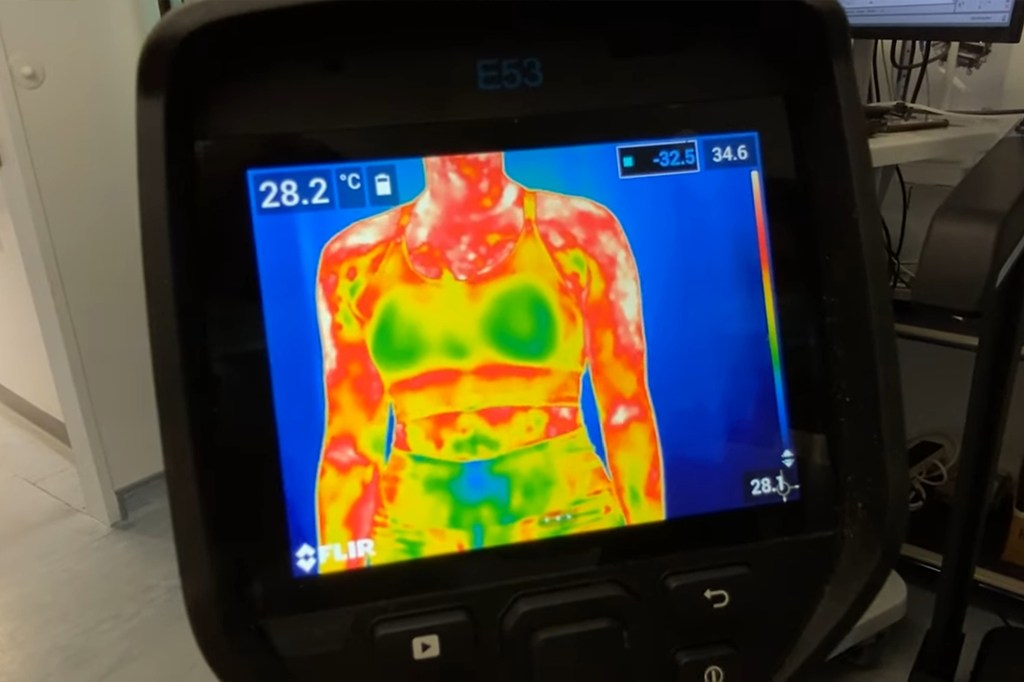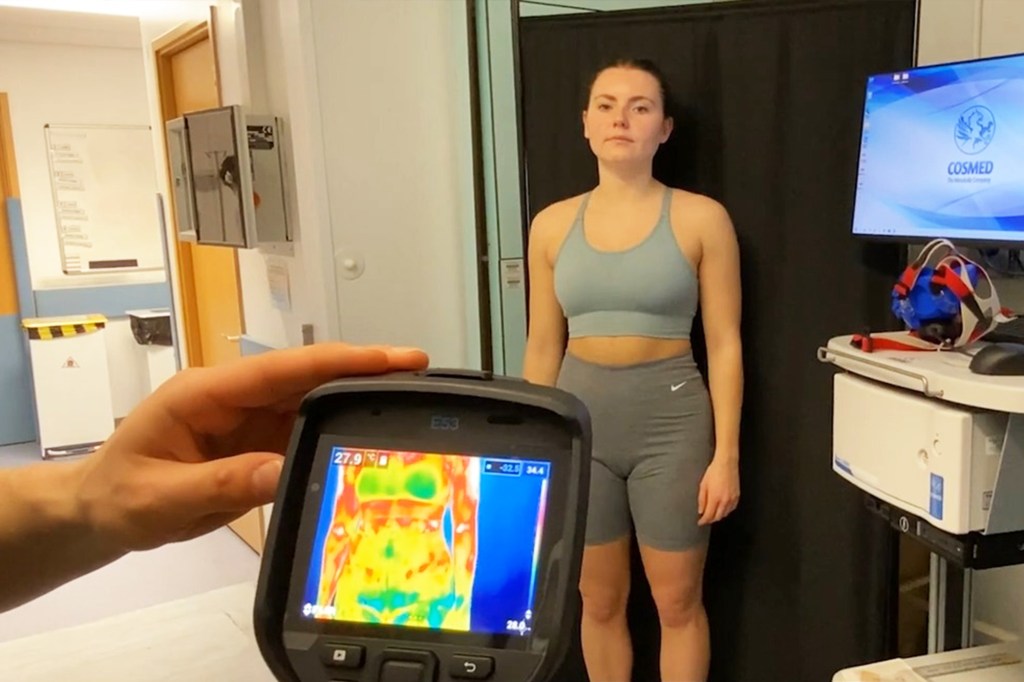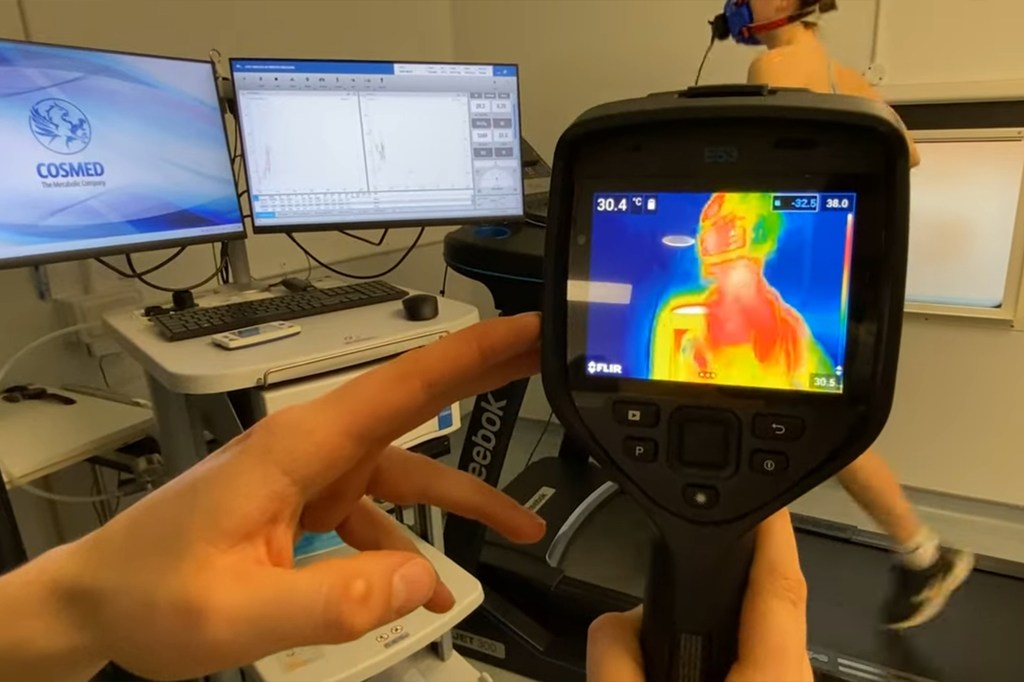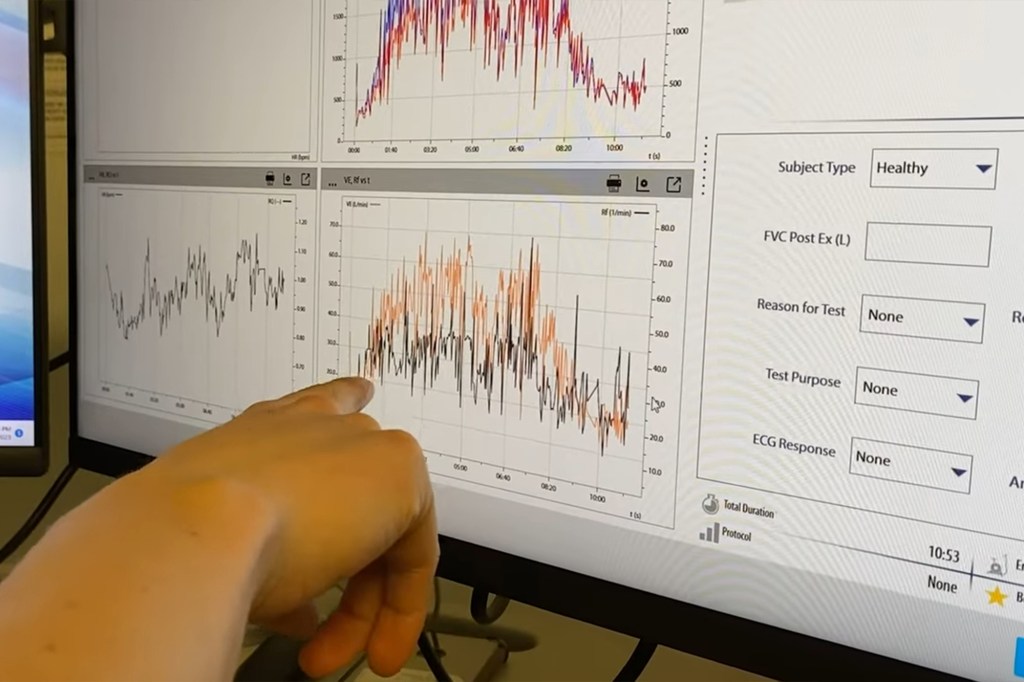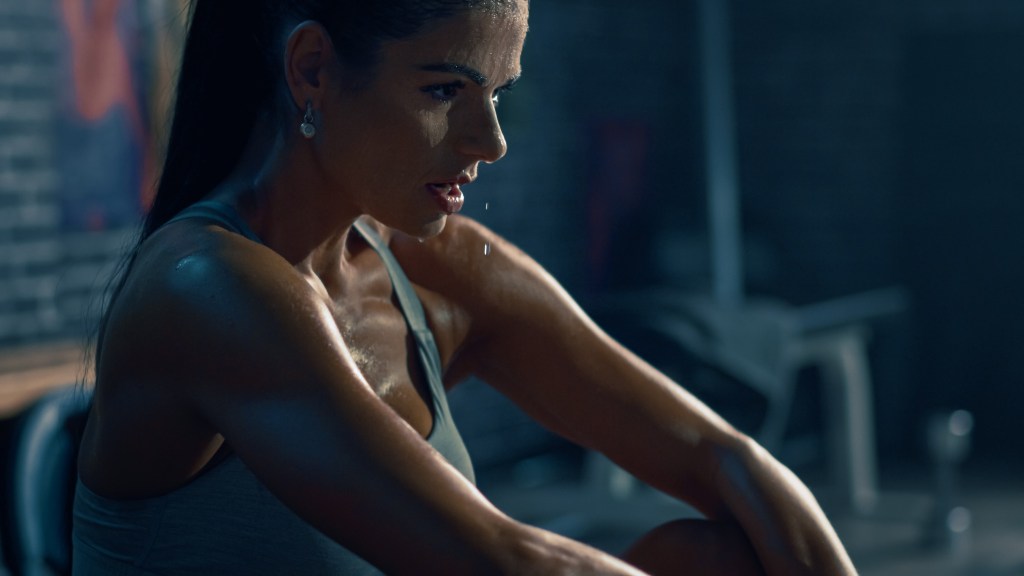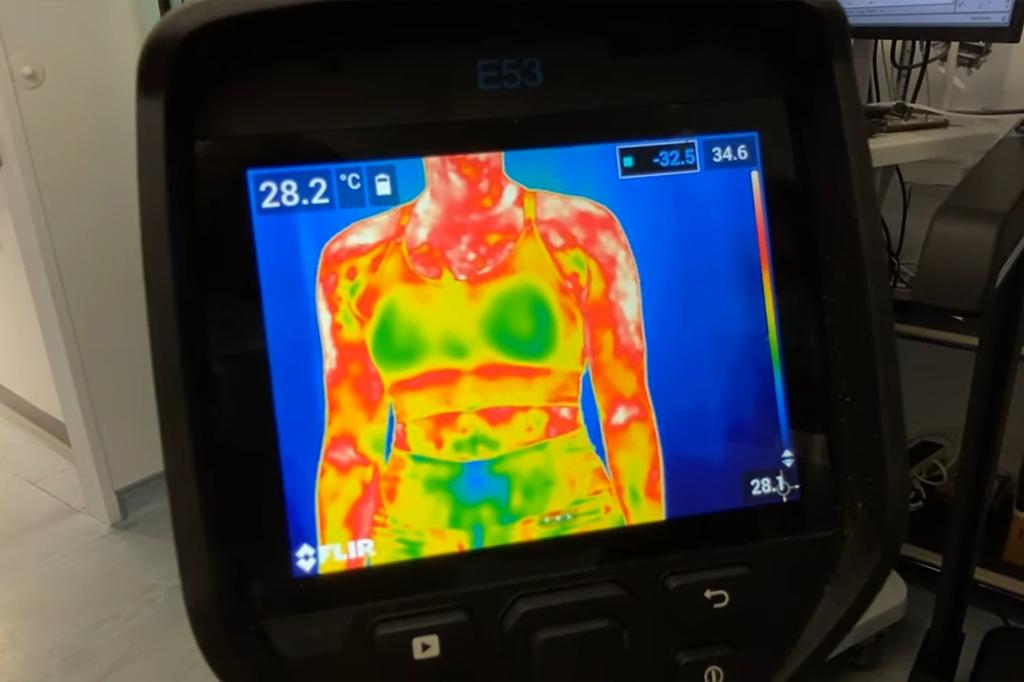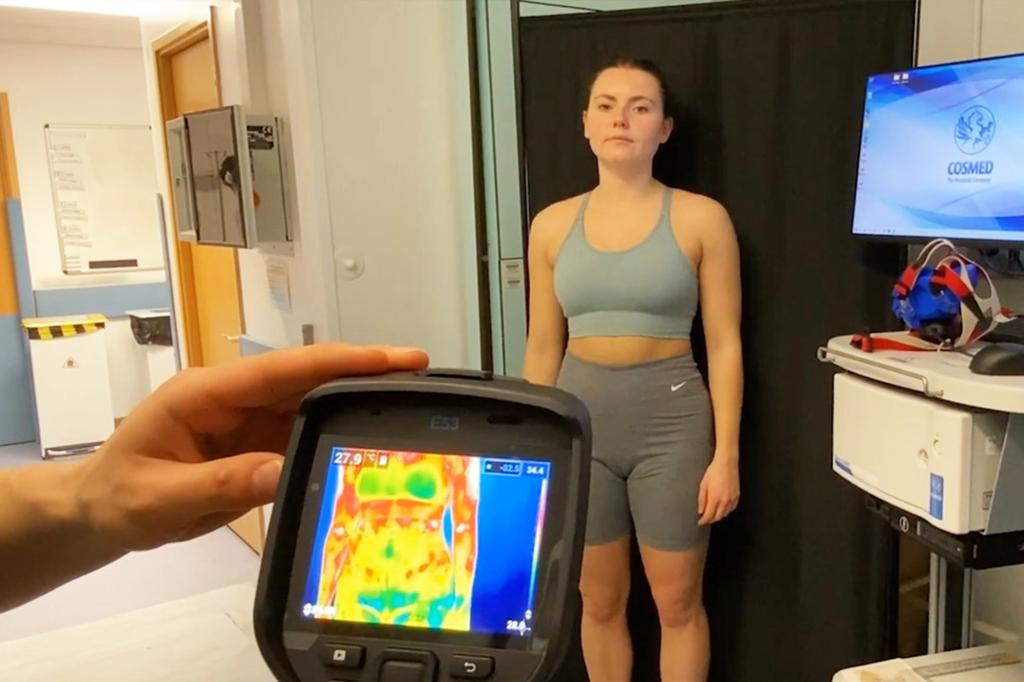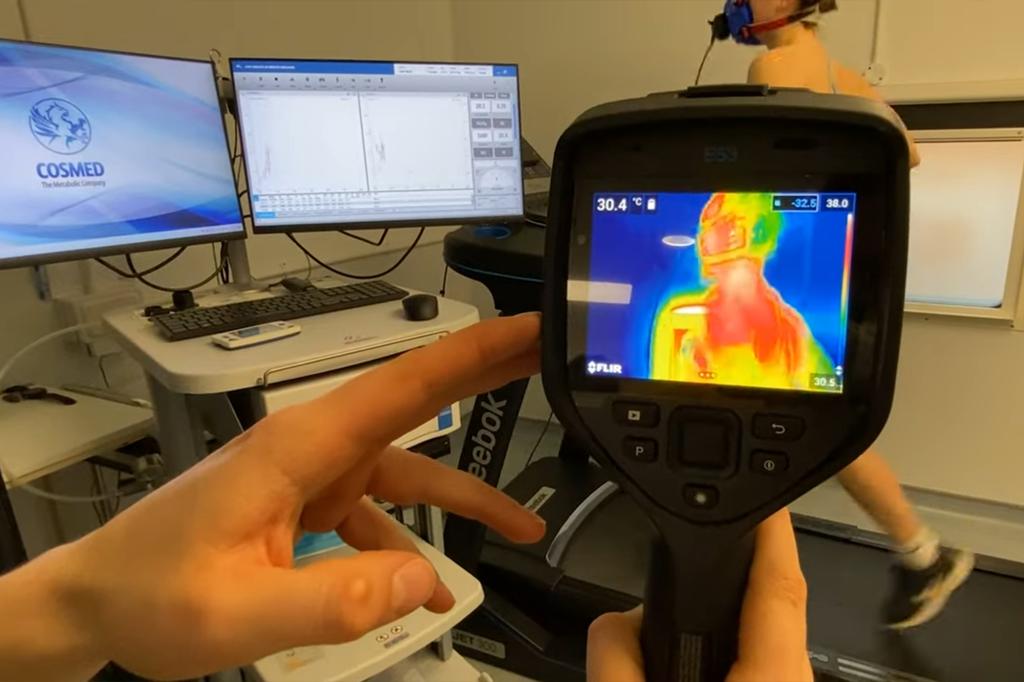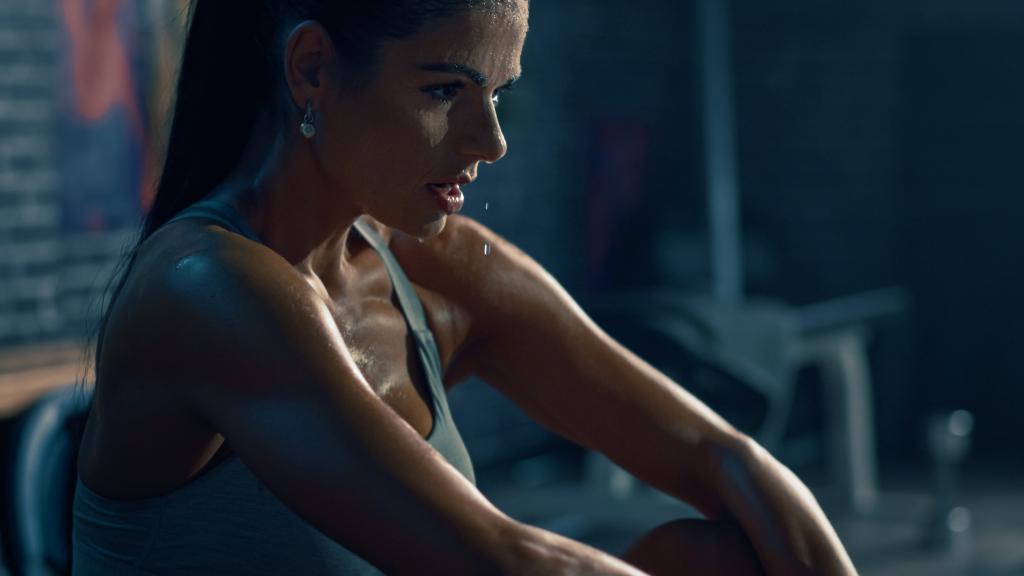Your bra size affects how much you sweat — and women with bigger busts sweat less: study
Though it seems counterintuitive, researchers have found that women with larger busts actually sweat less than those with less endowed chests.
Historically, it was believed that the bigger the bust, the more sweat, but scientists from the University of Southhampton have uncovered that the long-believed adage might not be more than a myth, a finding that has “valuable implications for our understanding of sweat management requirements for sport bras,” the study authors wrote.
The new research, published in Experimental Physiology this month, investigated how bra size impacts sweat, and therefore the performance of sports bras — a vital garment for women who work out — on women with varying breast sizes.
“Over 85% of women deem a sports bra an essential piece of equipment for exercise, but it’s actually really hard to find one that’s comfortable and supportive, so a lot of women struggle with this,” Hannah Blount, a postgraduate researcher in thermal physiology, said in a statement.
“Our thought process was to look at how sports bras offer support to women and comfort to women of varying breast sizes, especially in hot conditions, when women are more likely to experience issues like chafing and significant sweat accumulation in the bra.”
To test this, Blount conducted her experiment in a climate chamber in the university’s ThermosenseLab, using 3D scans to determine breast surface area and measuring sweat glad density with a specialty iodine-infused paper that reacts with sweat.
The sweat production of 22 healthy women aged 18 to 55 was measured at three places — above and below the nipple, as well as the “bra triangle” near the sternum — as they jogged for 45 minutes in nearly 90-degree Fahrenheit heat.
“Here we got the most exciting finding, as our results indicated that larger-breasted women presented fewer sweat glands, and so they produced less sweat across their breast,” she Blount.
“This fundamental knowledge is something we can now use to inform sportswear design that considers the needs of women of varying breast sizes.”
Dr. Davide Filingeri, an associate professor in thermal physiology, applauded Blount’s research on “the unique and evolving ‘thermal needs’ of women’s bodies,” saying in a statement that her conclusions have “the potential to inform person-centered innovation in sportswear, which will ultimately help women thrive in our warming climate.”
“We’re becoming more sedentary as a society, so if we can do anything to aid women to become more active while making sport more accessible, then that’s really exciting,” Blount said.









